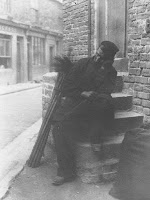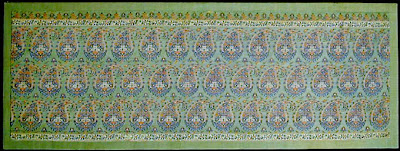 It’s cold here, but I’m one of the lucky ones in my area who still has power, and of course in a modern house it’s only a question of turning up the thermostat, or, as I urge my family, to put on another layer of clothes. I haven’t lived in a house with a fireplace for years and on nights like this I think I’d like to have one….and in the Regency that’s all you would have–if you were lucky.
It’s cold here, but I’m one of the lucky ones in my area who still has power, and of course in a modern house it’s only a question of turning up the thermostat, or, as I urge my family, to put on another layer of clothes. I haven’t lived in a house with a fireplace for years and on nights like this I think I’d like to have one….and in the Regency that’s all you would have–if you were lucky.
If you were in fairly humble circumstances you would also be cooking on the only source of heat in your house. (An interesting fact–scholars have determined that one of the major causes of death for women in the eighteenth-century was not from burns while cooking over an open fire. Basically, you can tell if your skirts catch on fire and back off.)


Further up the social scale, you might have a fireplace that looked like this, and maybe even a grate designed by the great (sorry) John Nash himself.
 And naturally, you’d commission some fine marble decoration for your fireplace. You’d have a staff to keep the marble–and the rest of it–clean, because coal is dirty.
And naturally, you’d commission some fine marble decoration for your fireplace. You’d have a staff to keep the marble–and the rest of it–clean, because coal is dirty.  Very dirty. The reason London doesn’t have infamous “pea soup” fogs anymore is that coal was banned in the city about forty years ago. So your unfortunate housemaids would battle the black dust every morning, and meanwhile a nasty accumulation would build up inside the chimney itself, necessitating a visit from the sweep.
Very dirty. The reason London doesn’t have infamous “pea soup” fogs anymore is that coal was banned in the city about forty years ago. So your unfortunate housemaids would battle the black dust every morning, and meanwhile a nasty accumulation would build up inside the chimney itself, necessitating a visit from the sweep.
 The sweep would bring with him a little boy to climb inside the chimney and clean where the long brushes wouldn’t go–one of the worst jobs a small child could have. Many Georgian houses have flues which take odd twists and turns (for instance, not all the chimney pots on the roof may be functional but they are there for aesthetic symmetry). William Blake wrote about the wretched life of the child chimney sweep in the Songs of Innocence and Experience, and later in the nineteenth century Charles Kingsley’s novel The Water Babies was an expose of the trade.
The sweep would bring with him a little boy to climb inside the chimney and clean where the long brushes wouldn’t go–one of the worst jobs a small child could have. Many Georgian houses have flues which take odd twists and turns (for instance, not all the chimney pots on the roof may be functional but they are there for aesthetic symmetry). William Blake wrote about the wretched life of the child chimney sweep in the Songs of Innocence and Experience, and later in the nineteenth century Charles Kingsley’s novel The Water Babies was an expose of the trade.
But unfortunately, however much of a roaring blaze you had, you’d still be wearing muslin, and one side of you inevitably would be cold. So you’d have to do what I continually urge my nearest and dearest to do to keep the heating bills down–put something else on. Shawls, made a fashion item by the Empress Josephine, were something of a necessity.
So what’s your favorite way of keeping warm? Do you like a real fire, do you put on more clothes, or do you snuggle up with a hero (picture not provided!)













